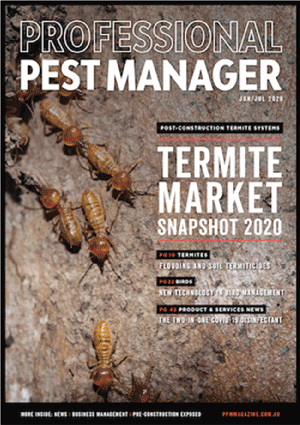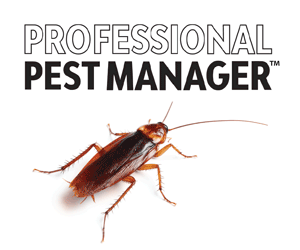BuildSkills Australia is working with AEPMA to develop a new training package for the pest control industry. However, this is only part of the actions required to make the pest control industry an attractive career opportunity for a broader range of potential employees.
As any pest control business owner will know, attracting and retaining good employees has been difficult for several years and is only getting worse. Whilst the tight jobs market isn’t going to change any time soon, it means more than ever than the pest control industry needs to appeal to our target segments of the workforce using their language and change the perception of the pest control industry.
Andrew Chan from BuildSkills Australia, the national Jobs and Skills Council for the built environment sector (which includes pest control industry) highlighted some of the challenges the pest control industry is facing during his presentation at Pesticon 2025.
The pest control workforce is an ageing workforce – the average age of entrants is in the mind 20s to 30s and if nothing changes, in 5-10 years’ time, 40% of the pest workforce will nearing retirement age. It is essential that the pest control industry appeals to younger workers.
Fundamentally, the public perception of the pest control industry needs to change. This is not just about changing the perception of the role of a pest technician but also the need to highlight all the other potential roles in the pest industry – there is no reason why a career in the pest control industry shouldn’t be a career of choice. As part of the push to target the younger workers, BuildSkills are creating a VR video on careers in pest control to send out to schools to target school leavers. To help guide the necessary changes in the pest industry and aid in communication, it is important to understand what these younger workers are looking for in a job and career.
In the build environment sector, the number one element of a job description for apprentices is the desire for a 4-day week. The culture within a company and how it fits into the broader society is important to younger workers and in fact a mismatch between their values and the company values is more commonly cited as the reason for leaving, rather than low pay. Engagement with employees to keep them happy and increase retention, is more important than ever. As a result, 60-65% of businesses are asking their employees what they are looking for in their job / career, at least once a year.
The other notable statistic about the pest control industry is the number of women in the industry. Although it has improved in recent years, women participation is still only at 12%. With the labour market tight, Mr Chan flagged the need to look to recruit from different segments of the workforce “to expand the talent pool – fish in a different pond.” Clearly there is the opportunity for more women to enter the pest control industry.
BuildSkills Australia is working with the AEPMA to make sure qualifications are fit for purpose and set entrants up for long term careers. Modernising the training pathways is essential. In addition to working on developing the new pest industry training package, AEPMA is also working to promote the pest industry and help pest control companies with their recruitment, with the Careers in Pest team, led by Marshall Blacklock from CDI Pest Management.
Careers in Pest are working on a national recruitment campaign and are creating content to promote to potential recruits, especially in the younger age groups, through videos, social media campaigns, and schools and career expos.
Businesses can access a range of media to help promote the pest control industry in their local area, which will also help with their own recruitment. Available materials include a social media starter kit, a community engagement pack and plug-and-play snippets that can been added to websites. There is also a recruitment toolbox to help businesses create ads, carry out interviews and help with onboarding. The Careers in Pest team are also looking for content from real people in the pest industry that can be used to promote the industry. Go to the Careers in Pest website for more information.
The bottom line is that the industry needs to change the perception of the pest industry, promote the opportunities effectively to compete for recruits and engage with employees like a modern employer. The industry is fully aware of the changes required. It has already embarked on the key steps to implement these changes and companies and individuals are encouraged to get involved to accelerate the transition.




